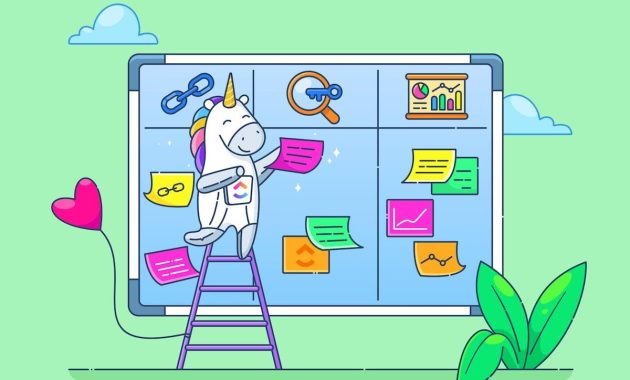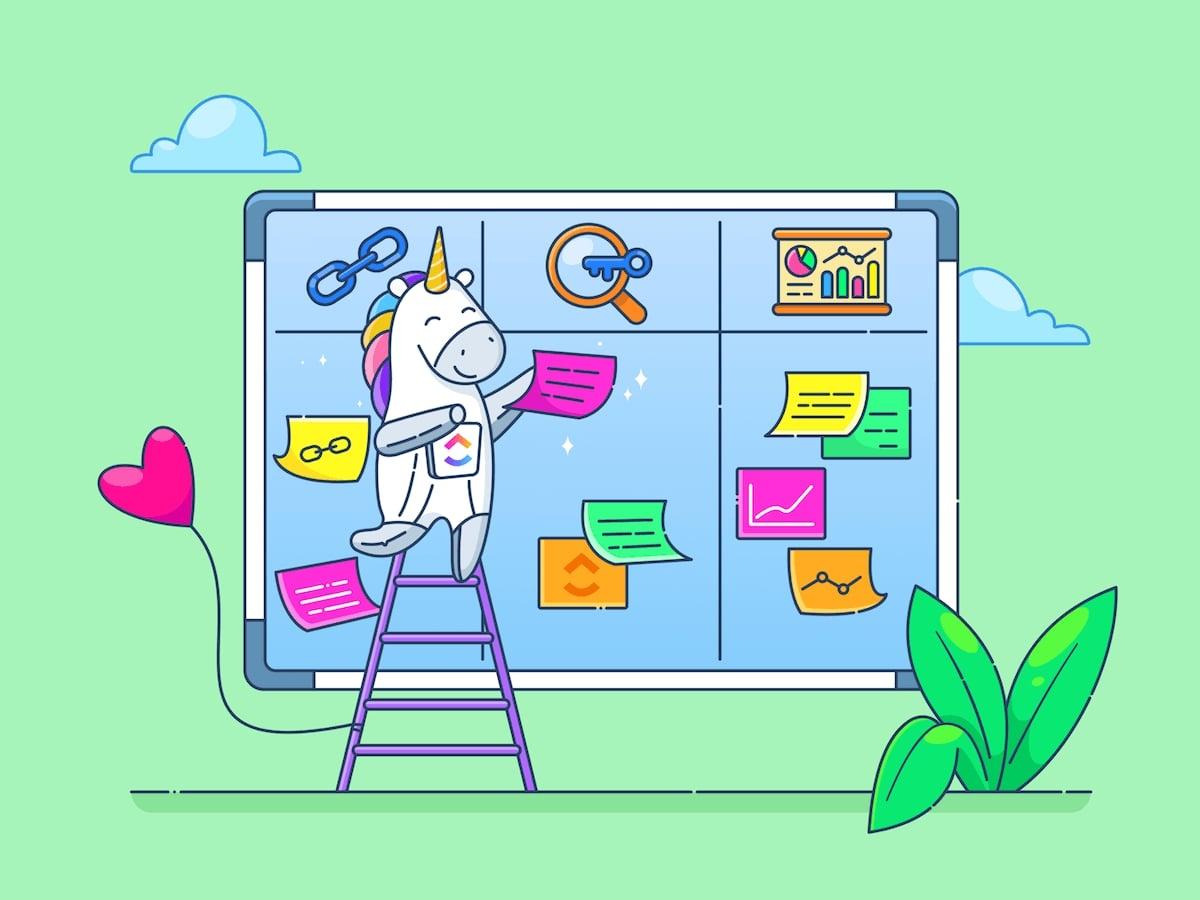
A Beginner’s Guide to Business Intelligence Software in 2025: Understanding the Data-Driven Future
The year is 2025. Businesses are drowning in data. The ability to extract meaningful insights from this deluge is no longer a luxury; it’s a necessity. This is where Business Intelligence (BI) software steps in. This guide provides a comprehensive overview for beginners. It will help you navigate the complex world of BI. It will also equip you with the knowledge to leverage data effectively. It is designed for those with little to no prior experience. We’ll explore what Business Intelligence software is. We’ll discuss its benefits. We will also learn how to choose the right tools for your needs. The future of business is data-driven. Understanding Business Intelligence software is crucial.
What is Business Intelligence Software?
At its core, Business Intelligence software is a type of application. It collects, processes, and analyzes data. The goal is to provide actionable insights. These insights help businesses make better decisions. The software pulls data from various sources. These can include databases, spreadsheets, and cloud applications. It then transforms the data into easy-to-understand formats. These formats often include reports, dashboards, and visualizations.
Think of it as a translator. It translates raw data into a language everyone can understand. This allows users to identify trends, patterns, and anomalies. This information is vital for strategic planning. It is also important for day-to-day operations.
Key Components of Business Intelligence Software
Business Intelligence software typically includes several key components:
- Data Extraction, Transformation, and Loading (ETL): This is the process of gathering data. It also cleanses it and loads it into a central repository. This repository is usually a data warehouse or data lake.
- Data Warehousing: This is a central repository for all your business data. It’s optimized for analysis and reporting.
- Data Analysis and Reporting: This involves using tools to analyze data. It also creates reports and dashboards. These reports help visualize key performance indicators (KPIs).
- Data Visualization: This component presents data in a visual format. This makes it easier to understand complex information. Common visualizations include charts, graphs, and maps.
- Online Analytical Processing (OLAP): This allows for multi-dimensional analysis of data. This helps users explore data from different angles.
Benefits of Using Business Intelligence Software
Implementing Business Intelligence software offers a multitude of benefits. These benefits can significantly impact a business’s performance. The software empowers organizations to make data-driven decisions. Here are some key advantages:
- Improved Decision-Making: BI provides real-time insights. This leads to more informed and strategic decisions.
- Increased Efficiency: Automation streamlines data analysis processes. This frees up valuable time for other tasks.
- Enhanced Customer Understanding: BI helps analyze customer behavior. This information allows businesses to tailor products and services.
- Competitive Advantage: Data-driven insights give businesses a competitive edge. They can identify opportunities and respond quickly to market changes.
- Cost Reduction: Identifying inefficiencies and optimizing processes can lead to significant cost savings.
- Better Forecasting: Predictive analytics, a feature of many BI tools, helps forecast future trends. This helps businesses plan for the future.
Choosing the Right Business Intelligence Software in 2025
The market is flooded with Business Intelligence software options. Choosing the right one can feel overwhelming. Several factors should guide your decision. Consider these key aspects:
- Your Business Needs: What specific problems are you trying to solve? Identify your goals and objectives. Choose software that aligns with your needs.
- Data Sources: Determine where your data resides. Does the software integrate with your existing data sources?
- Scalability: Will the software grow with your business? Choose a solution that can handle increasing data volumes.
- Ease of Use: Consider the user interface and ease of learning. Is the software intuitive and user-friendly?
- Features and Functionality: Does the software offer the features you need? This includes reporting, dashboards, and advanced analytics.
- Cost: Evaluate the pricing models. Consider both the initial investment and ongoing costs.
- Integration: Does the software integrate with other business applications? Check for seamless data flow.
- Support and Training: Does the vendor provide adequate support and training? This will help you get the most out of the software.
Top Business Intelligence Software Trends in 2025
The Business Intelligence software landscape is constantly evolving. Several trends are shaping the future. Staying informed about these trends is crucial. It will help you make informed decisions about your BI strategy. Here are some key trends to watch:
- Artificial Intelligence (AI) and Machine Learning (ML): AI and ML are being integrated into BI tools. They automate data analysis and provide predictive insights.
- Cloud-Based BI: Cloud-based BI solutions are becoming increasingly popular. They offer scalability, flexibility, and cost-effectiveness.
- Self-Service BI: These tools empower business users to analyze data. They can create their own reports and dashboards.
- Data Democratization: The goal is to make data accessible to everyone in the organization. This fosters a data-driven culture.
- Embedded BI: BI is being integrated into other business applications. This provides real-time insights within workflows.
- Focus on Data Governance: Organizations are prioritizing data quality and security. They are also focusing on data governance.
Popular Business Intelligence Software Options
Several Business Intelligence software options are available. Each offers unique strengths and features. Here’s a look at some of the most popular choices:
- Tableau: Known for its user-friendly interface and powerful data visualization capabilities. It is a leader in the market.
- Microsoft Power BI: A comprehensive and affordable solution. It integrates seamlessly with other Microsoft products.
- Qlik Sense: Offers associative data modeling and advanced analytics. It focuses on data discovery.
- Looker (Google): A cloud-based BI platform. It is known for its data modeling and governance features.
- Sisense: Focuses on providing embedded analytics and a customizable experience. It is designed for complex data.
The best choice depends on your specific needs and requirements. Research and compare different options. Consider a free trial to evaluate the software’s suitability.
Getting Started with Business Intelligence Software
Ready to embark on your Business Intelligence software journey? Here’s a step-by-step guide to get you started:
- Define Your Goals: What do you want to achieve with BI? Identify your key objectives and KPIs.
- Assess Your Data: Understand your data sources and data quality. Evaluate data readiness for analysis.
- Choose Your Software: Select the BI software that best fits your needs. Consider factors like features, cost, and ease of use.
- Implement the Software: Install and configure the software. Connect it to your data sources.
- Train Your Users: Provide training to your users. This will help them use the software effectively.
- Create Reports and Dashboards: Design reports and dashboards to visualize your data. Focus on key metrics and insights.
- Analyze and Iterate: Continuously analyze your data. Refine your reports and dashboards. This will improve your decision-making.
The Future of Business Intelligence in 2025 and Beyond
The future of Business Intelligence software is bright. It will play an increasingly important role in business success. The trends we see today will continue to evolve. AI and ML will become more integrated. Data democratization will become more widespread. Businesses that embrace BI will gain a significant advantage. They will make more informed decisions. They will also optimize their operations. They will be more competitive in the market.
Business Intelligence software is no longer optional. It is a critical tool for any business seeking to thrive. By understanding the fundamentals and embracing the latest trends, you can position your business for success in 2025 and beyond. [See also: The Impact of AI on Business Intelligence]. [See also: Data Visualization Best Practices]. [See also: Choosing the Right BI Tool for Your Startup].
As you begin your journey with Business Intelligence software, remember this guide. It provides a solid foundation for success. The ability to harness the power of data will define the winners of tomorrow. Embrace the data-driven future. Start exploring Business Intelligence software today. The insights you gain will transform your business. [See also: Data Governance: A Complete Guide]. [See also: The Role of Data Warehousing]. [See also: Data Analysis Techniques for Beginners].

